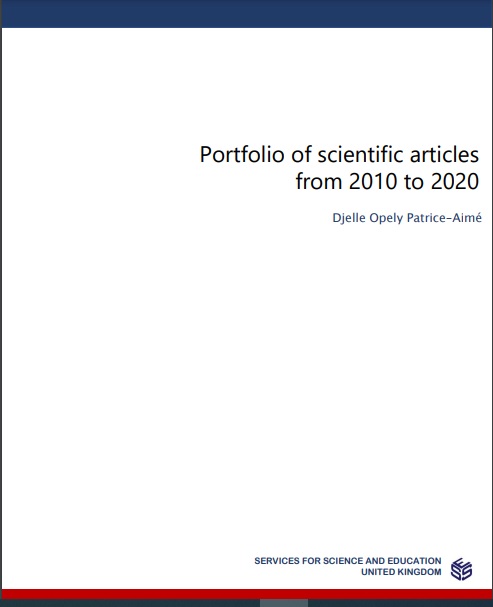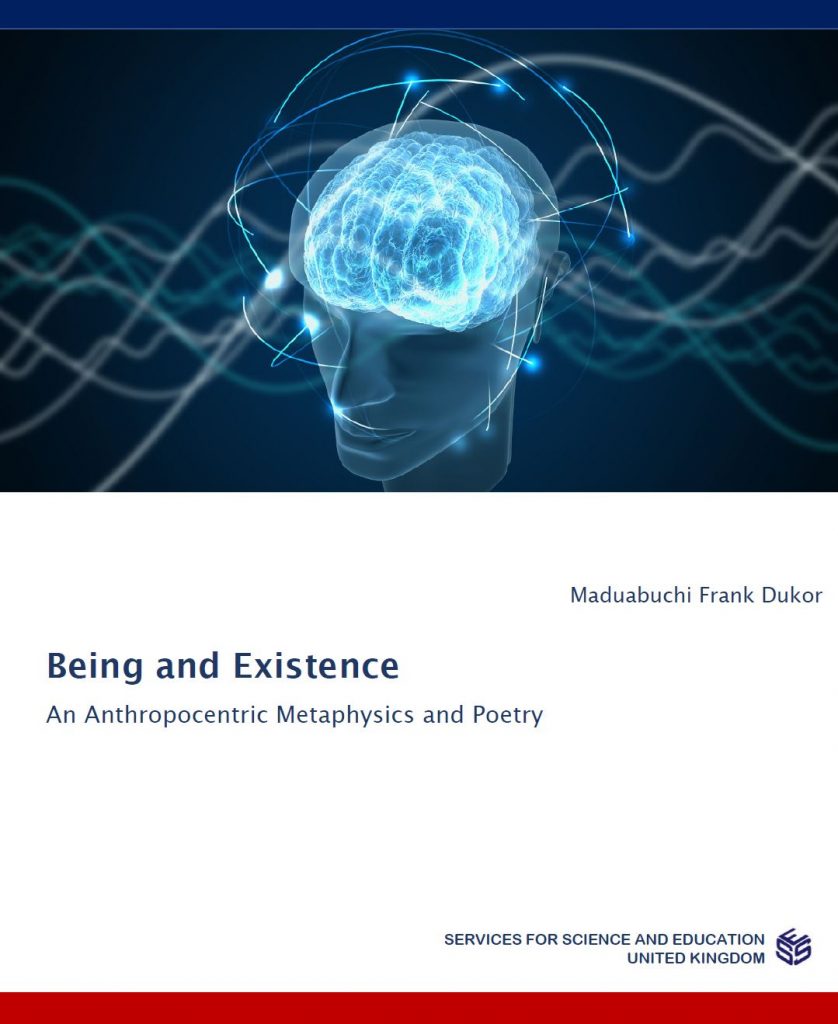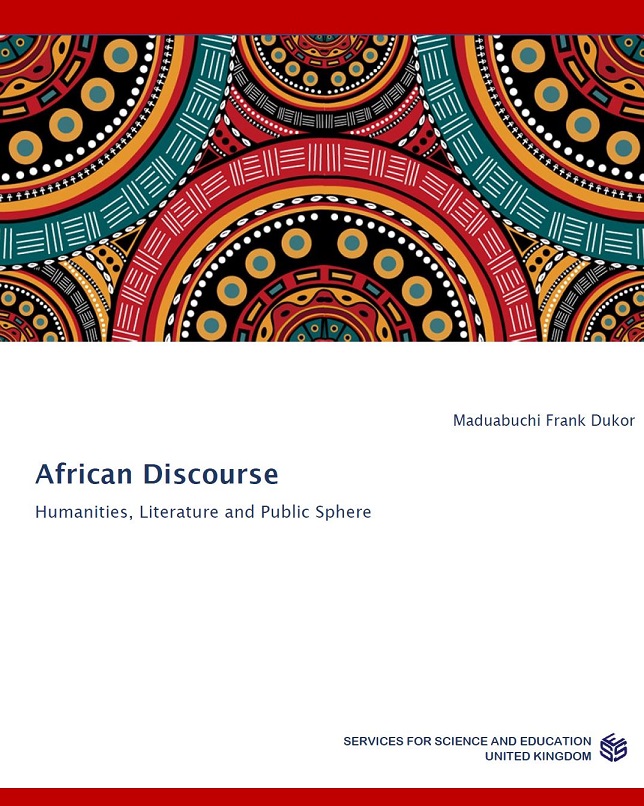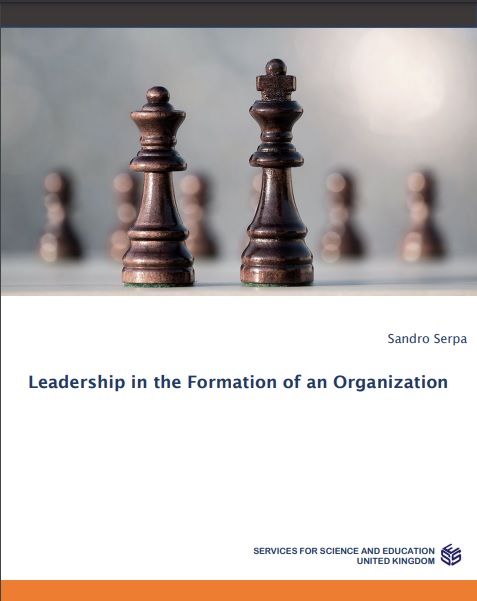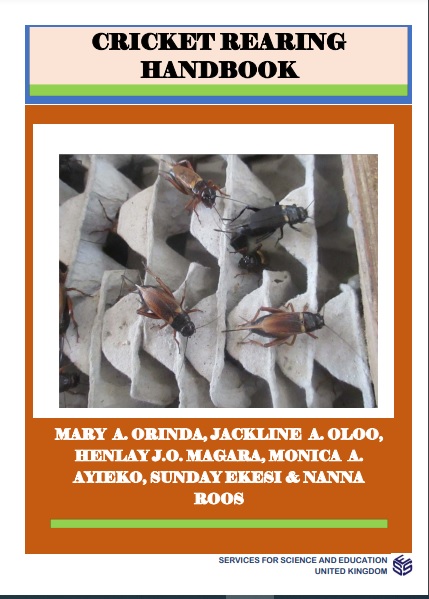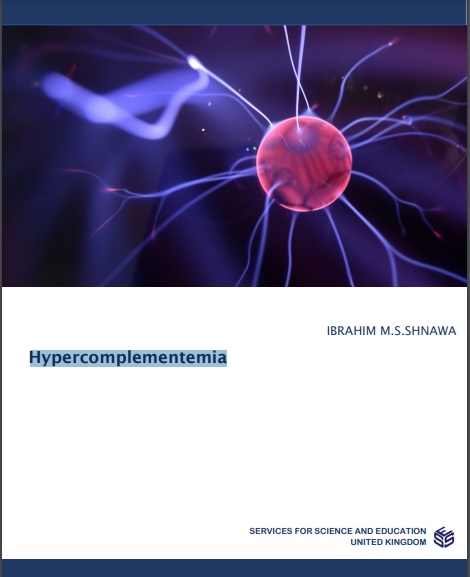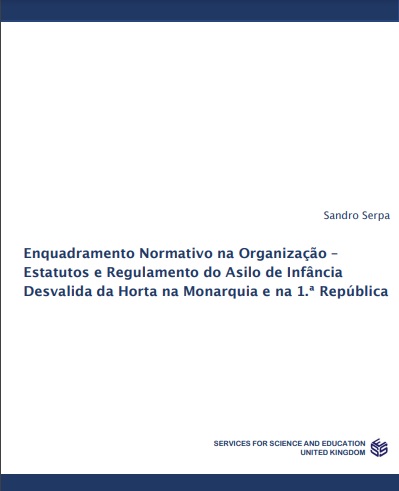Clinical Profile Of Refractory Heart Failure And Its Outcome In Rural Institutional Setup
Heart Failure (HF) is a “clinical syndrome characterized by the inability of systemic perfusion to meet the body’s metabolic demands and is usually caused by cardiac pump dysfunction. HF is subdivided into systolic and diastolic HF. Systolic failure presents reduced cardiac contractility whereas diastolic failure exhibits impaired cardiac relaxation with abnormal ventricular filling.” HF is a result of many functional or structural discorders. They can be acquired or congenital that eventually weakens the capacity of the ventricles eject blood. (1) It is a leading cause of repeated emergency department visits and admissions across the globe. HF has become an epidemic in developed world due to advent of modern treatment protocols and increased survival in patients with CAD (CAD). Rheumatic heart disease (RHD) is the leading cause of HF and subsequent admissions in developing countries. (2) In India, HF constitutes a significant part of health problems with an in-hospital mortality of 20%–30% approximately. Lack of adherence to medication and poor tolerance to guidelines based treatment is the main reason behind it. (3) Most common cause of HF is CAD, hypertension, RHD, and other conditions like cardiomyopathies, endocarditis, myocarditis and congenital heart disease. (4) Elderly are primarily affected age group with an approximate incidence of 10/1000 population after 65 years of age. Near about 80% patients admitted for HF are 65 years old or above.

